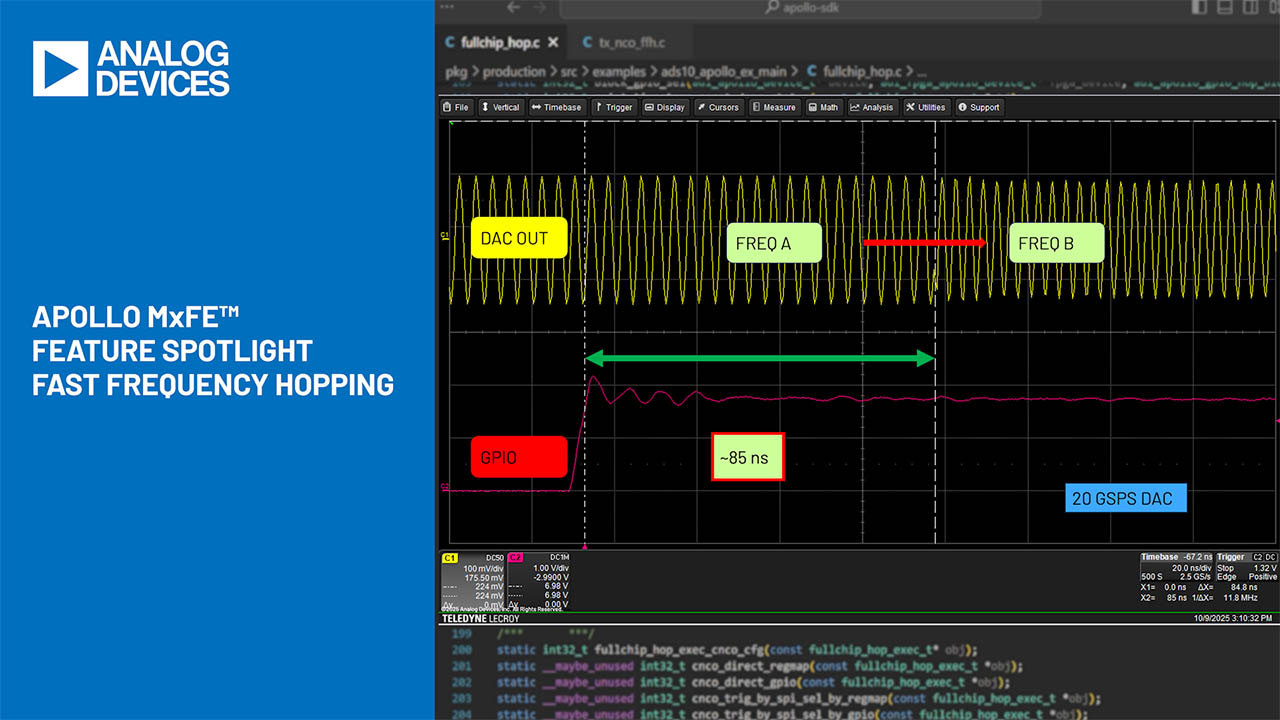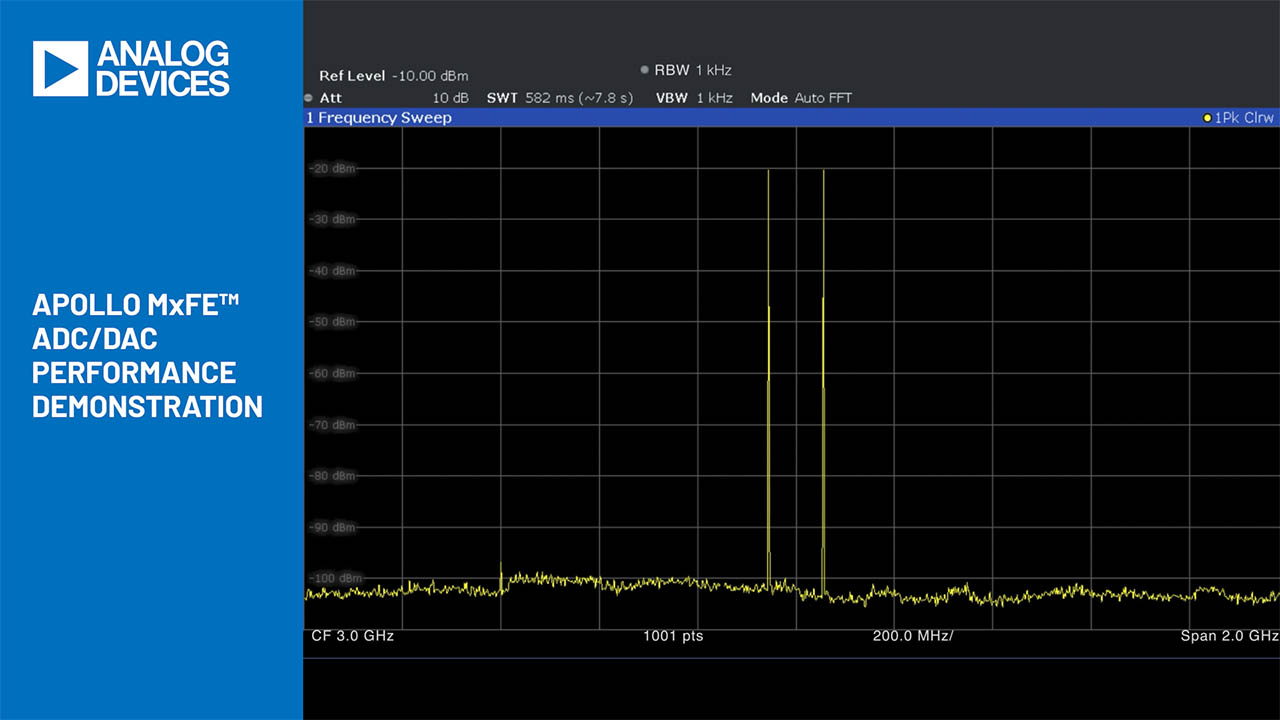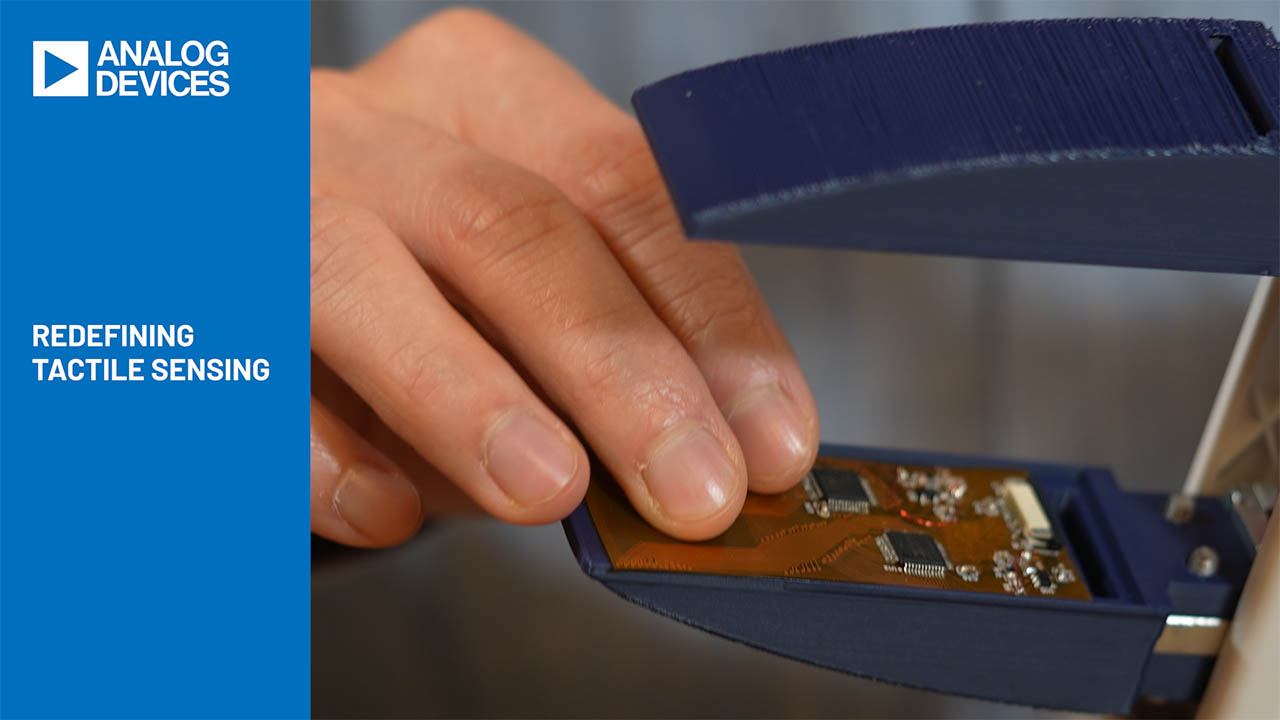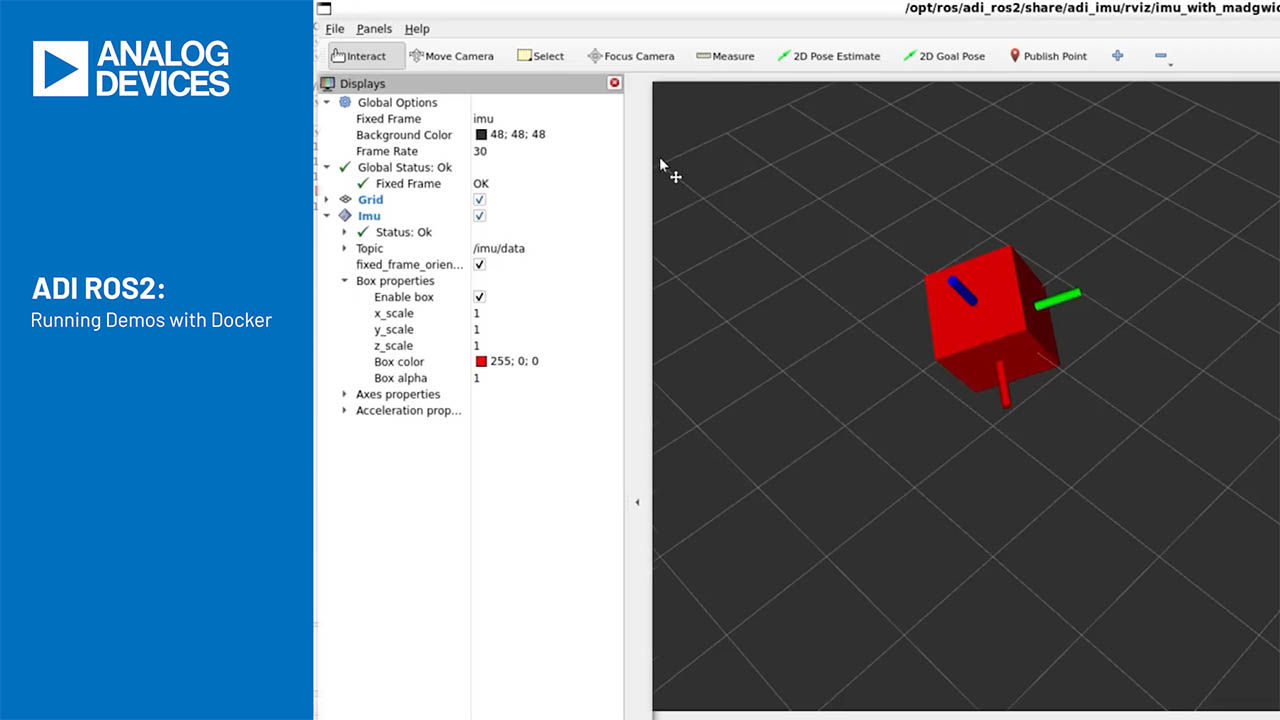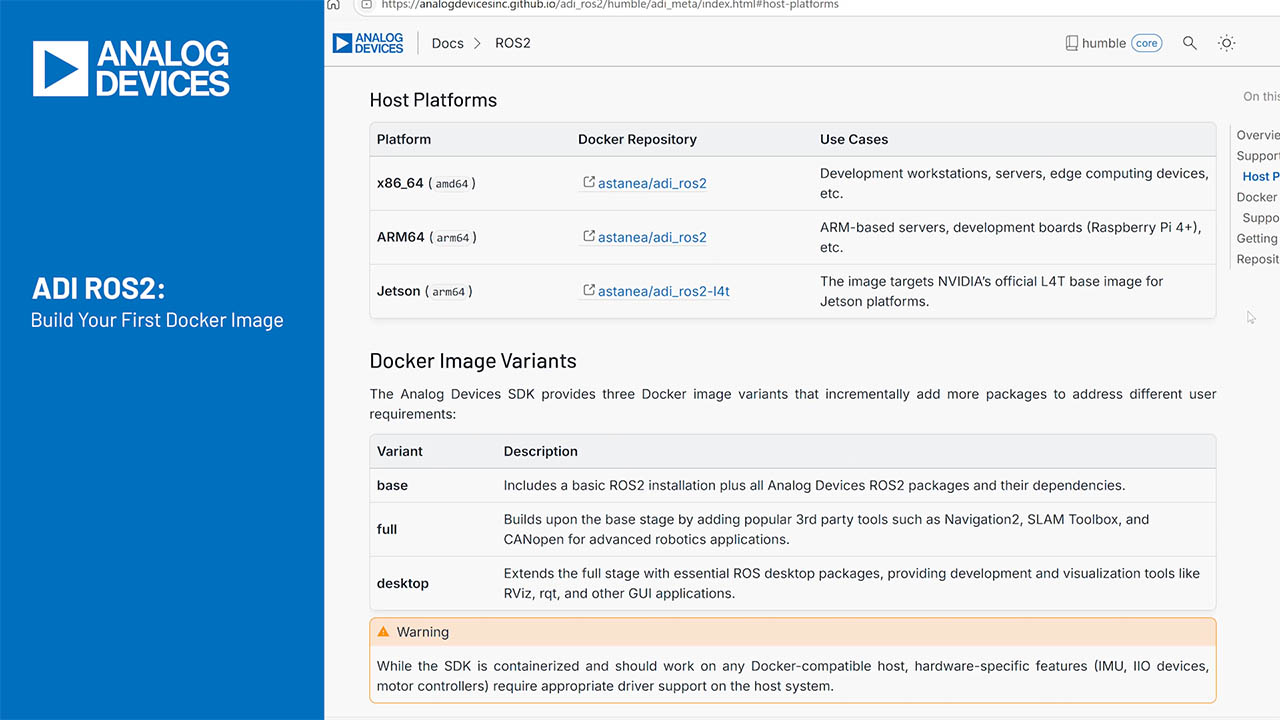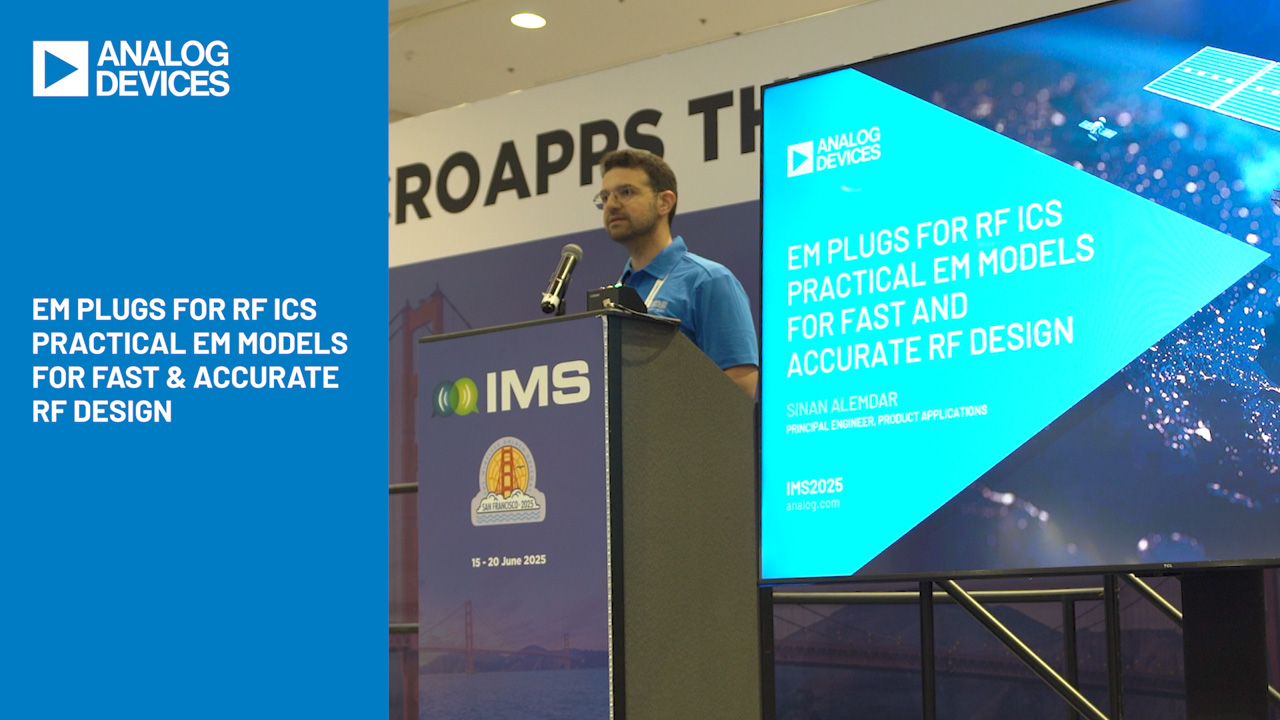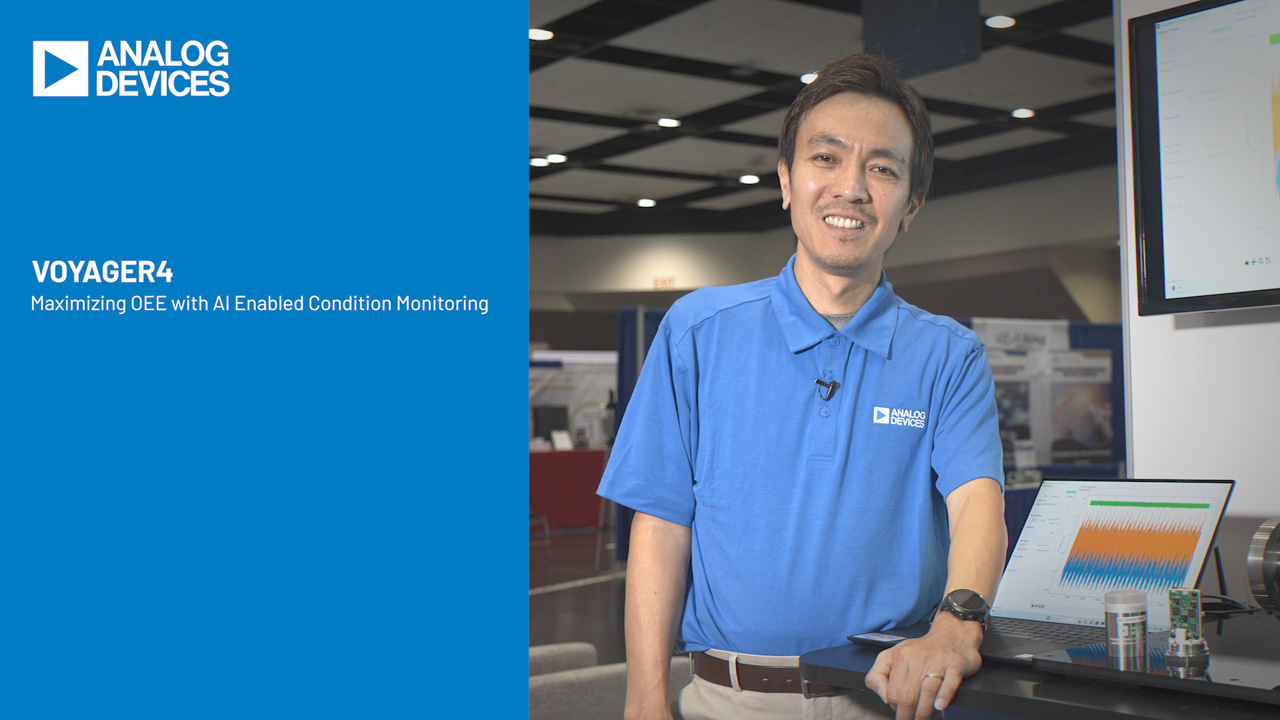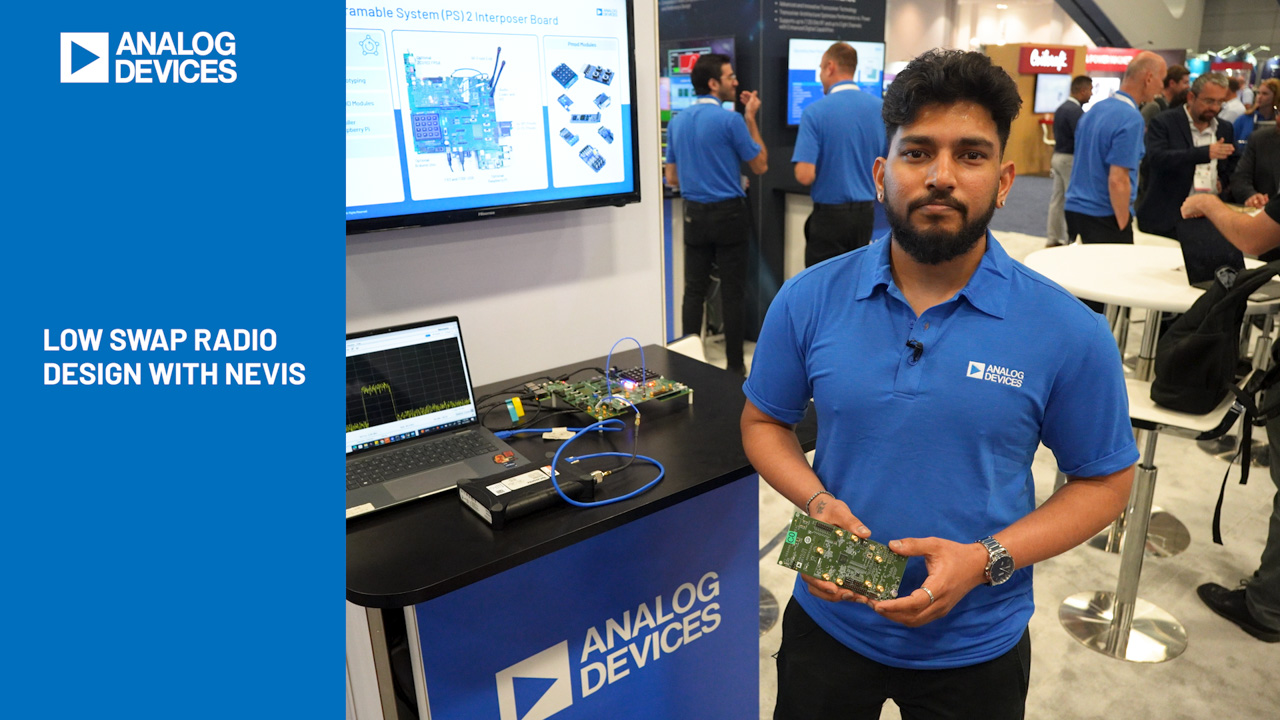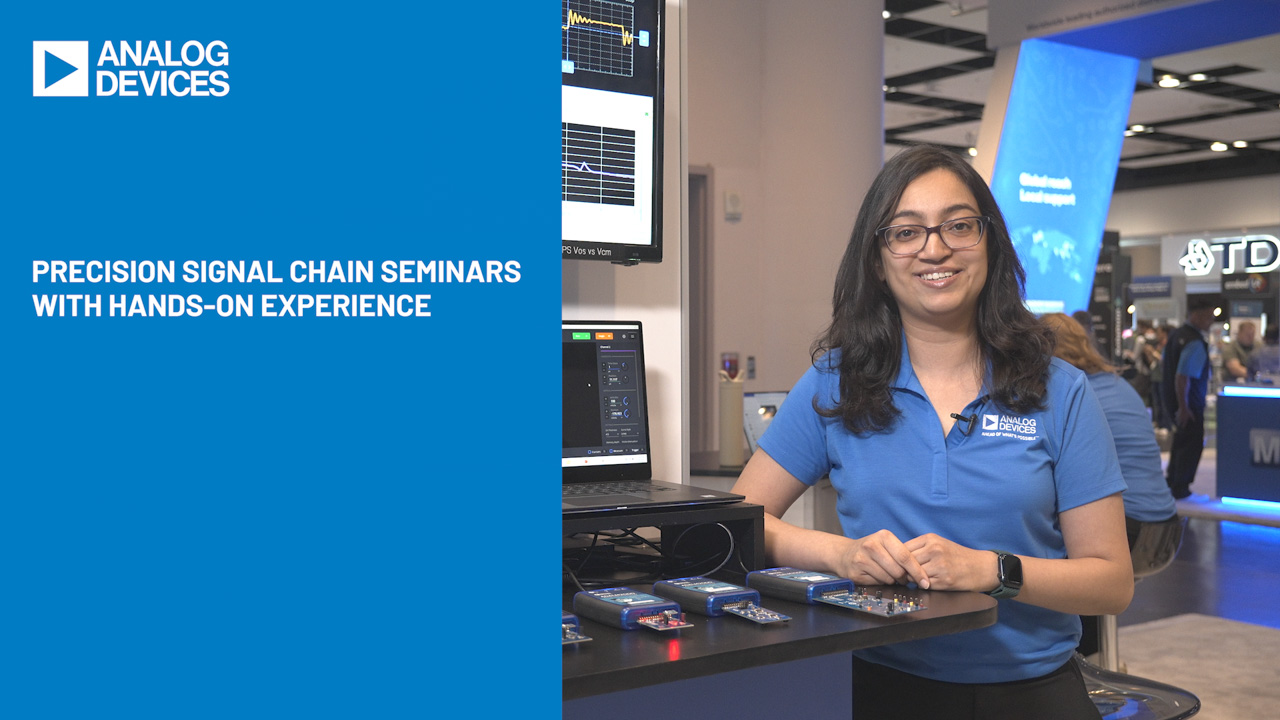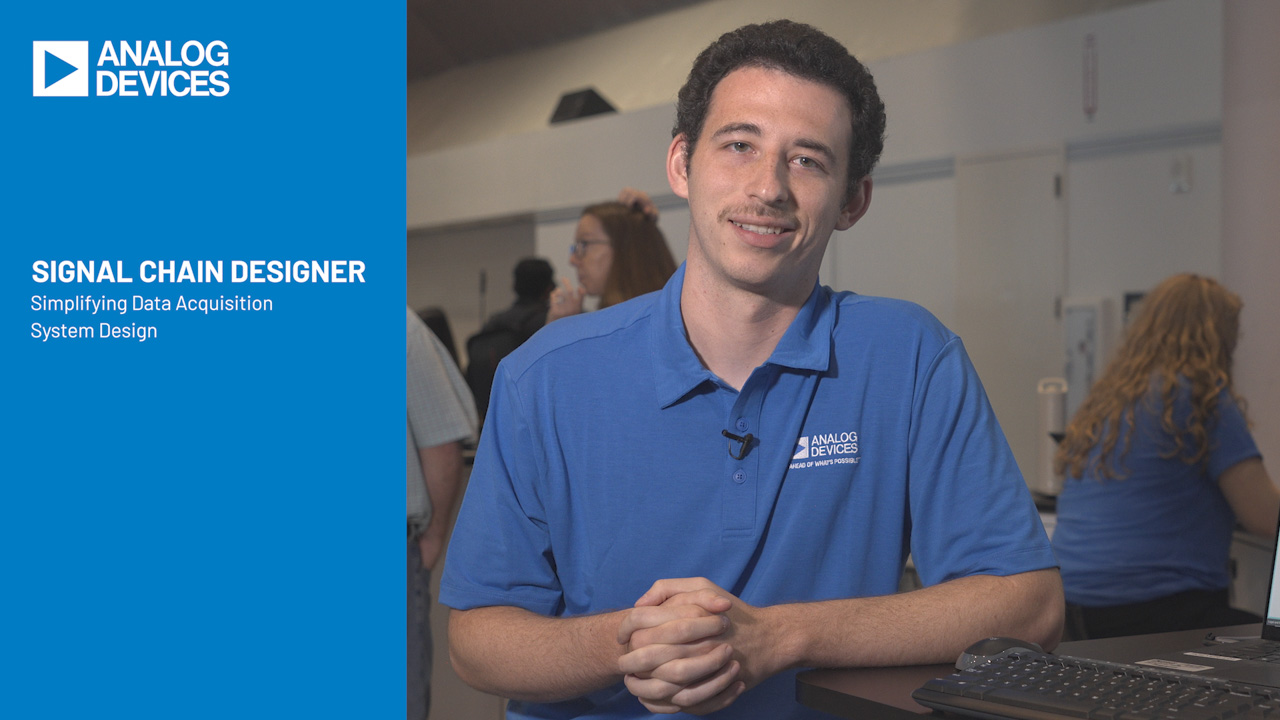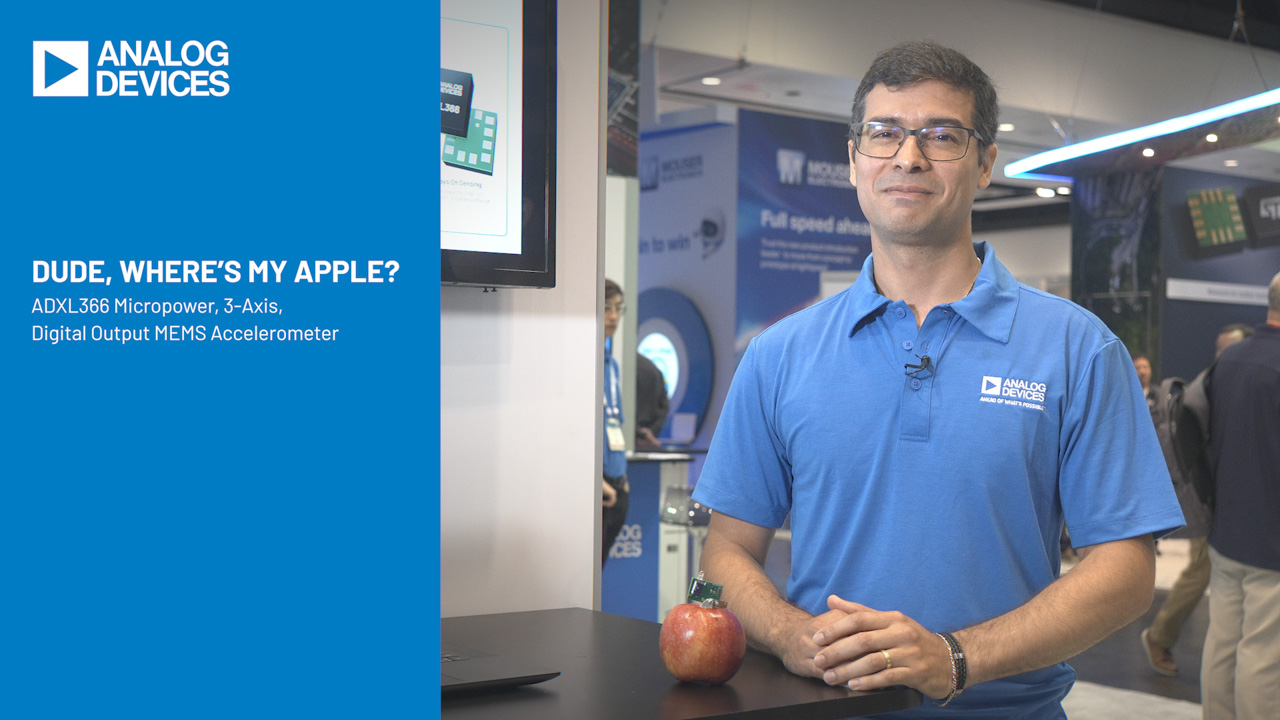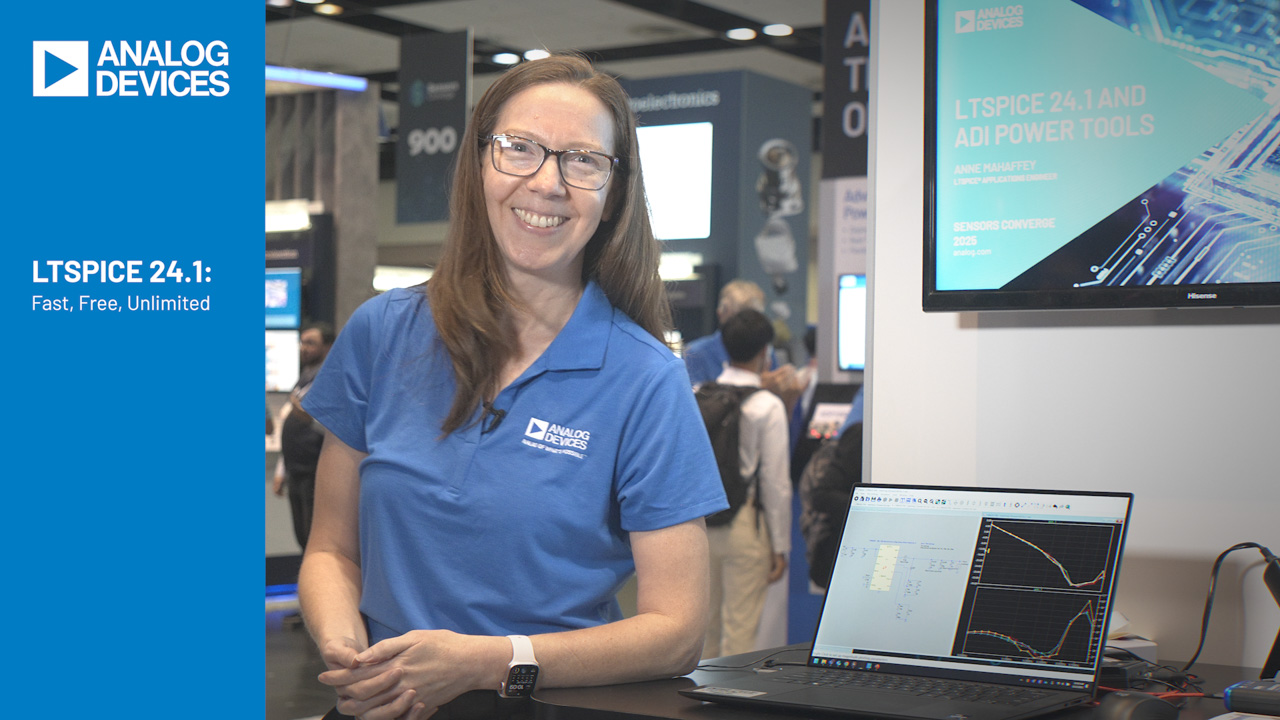Key Benefits of Input Overvoltage Protected Op Amps in Systems
Idea in Brief
The hostile environments found in many of today’s applications require integrated circuits to withstand high voltage and current. Systems designers need to select high performance ICs to use in these hostile environments. IC manufacturers specify absolute maximum ratings for every integrated circuit; these ratings must be observed in order to maintain reliable operation and meet published specifications. What if a large signal or electrostatic discharge (ESD) is accidently applied to either input of an op amp that is used in the front of a signal chain interfacing sensors and real world signals? Applying a voltage to input pins beyond a power supply setting of a standard amplifier can be a way to damage or destroy an op amp.
Most op amps have internal ESD protection diodes on the input pins (Figure 1) to allow the ICs to be handled during the PC board assembly phase. These diodes are small to minimize capacitance and leakage and are not designed to handle sustained input currents greater than a few milliamps. Internal p-n junctions to the device energize and permit current flow from the inputs to the supplies when the op amp input pin is roughly ±0.5 V above/below the supply rails. This fault current can quickly rise to damaging levels if not limited. Experienced board designers have learned to use protection circuitry to prevent permanent damage in these unforeseen situations. But adding external protection circuitry in front of high performance ICs is going to introduce errors and degrade the performance of the overall circuit.

Figure 1. Typical Input Pin Protection of an Op Amp
Lack of a protection circuit can be damaging. As mentioned, these internal ESD diodes allow the inputs to go above and below the supplies by a slight amount (usually one VBE) before turning on. But this VBE drop is process and temperature dependent and can vary from part to part. Figure 2 shows the temperature dependency of internal diodes of a CMOS AD8646.

Figure 2. Current Flow Starts at Different Overvoltage Levels According to Temperature
So, how should system designers protect their op amps in general-purpose applications? The general advice to limit the amount of current flowing into a part when an ESD diode turns on is to add an external series resistor at the expense of additional thermal noise and other negatives, which will be pointed out later in the article. To ensure optimum dc and ac performance, it is also recommended that source impedance levels be balanced. Additionally, if there are possibilities that the input voltage could exceed either of the supplies by more than a VBE, then the designers are advised to protect their circuits with Schottky diodes, MOV, or channel protectors. Figure 3 below shows a traditional protection scheme against overvoltage and overcurrent by using an external series resistor and Schottky diodes.

Figure 3. A Typical Recommended Protection Scheme for General-Purpose Applications
Schottky diodes turn on faster than internal diodes, so the internal units never reach their threshold. Diverting fault currents externally eliminates potential stress, protecting the op amp. RS is chosen so that the maximum current is no more than 5 mA for the worst case VIN.
While the above recommended protection scheme works well for general-purpose applications, it is not suitable for high precision signal conditioning. Externally added components introduce errors into the signal path and reduce the overall signal conditioning circuitry and degrade measurement accuracy. For example, the errors caused by introducing an external limiting series resistor, enTOTAL, are thermal noise of the resistor, voltage noise due to amplifier noise current flowing through the resistor, and voltage drop due to the amplifier bias current flowing through this resistor. Overall, offset error, VOS (total), introduced as the result of this resistor is:

The issues to be concerned about, regarding clamp diodes at the input of op amp pins, are:
- Additional pole in the signal path due to diode junction cap and RS
- Diode leakage currents that will double for every 10°C
- Change in forward voltage drop as a function of temperature
- Generated current noise (In) problem which might interfere with the measurement
To minimize the mentioned errors, one possibility is to use very low leakage diodes such as JPAD20, which are very expensive. Aside from introducing performance degradation, the above protection method by external components takes extra board area and incurs additional cost. This can be especially significant in applications with high channel count. Additionally, the above protection scheme does not protect the amplifier in all cases. As an example, what if someone accidently shorts any of the op amp input pins, right after the protection block, to a higher supply voltage. It also does not protect the op amp in case of improper power sequencing. A list of other possible concerns are mentioned in the bullets below:
- Accidently shorting the amplifier input to a higher supply voltage
- Transducer producing voltages higher than the amplifier supply rails
- Power outages or removing power supply to op amp
- Improper power-up sequencing
- Input appearing before power at power pins
Another problem with commonly used external protection schemes is that the inputs have to go above the rail by one diode drop before the protection circuitry kicks in. In that case, the excess current will flow into the power supply. A typical power supply does not like current to be forced into their output pins and will lose regulation. This may create undesirable effects for other circuits which are powered with the same power supply.
Overcoming the shortcomings of commonly used protection techniques, Analog Devices overvoltage protected amplifiers provide protection in all of the above mentioned situations. To eliminate the need for external protection circuitry, designers should look for integrated protection solutions that can tolerate these faults. For example, the ADA4096, which withstands 62 V above the negative rail (i.e., VEE) at its input pins, will route the current in case of an overvoltage situation to the lower power supply (in almost all cases, VEE).

Figure 4. Complete Input Protection Network of ADA4091-x, a Micropower, Single-Supply RRIO Op Amp
There are many other benefits to ADI overvoltage protected amplifiers. A few of the benefits of overvoltage protected amplifiers, such as the ADA4091-x and ADA4096-x, are:
- Input differential pair protection
- Phase reversal protection
- Outside of rails protection
- ESD protection
- System power supply protection
Designed for high performance applications, a tremendous benefit of input overvoltage protected op ampd is that users will know the total combination of errors of the op amp and overvoltage protection circuitry as stated in the device’s data sheet. There are no additional external components needed and, therefore, no errors are introduced. This is very desirable for high precision signal conditioning applications.
| Part | Operating Supply Voltage (VS) | Input Voltage | Feature | VOS (μv) | ISY (μA) |
| OP191 | 2.7 V to 12 V | VEE − 10 V ≤ VIN ≤ VCC+10 V | RRIO | 500 | 420 |
| ADA4091-2, ADA4091-4 | 2.7 V to 36 V | VEE − 12 V ≤ VIN ≤ VCC+12 V1 | RRIO | 350 | 250 |
| ADA4096-2, ADA4096-4 | 3.0 V to 36 V | VEE − 32 V ≤ VIN ≤ VCC+32 V2 | RRIO | 250 | 75 |
| ADA4092-4 | 2.7 V to 36 V | VEE − 12 V ≤ VIN ≤ VCC+12 V1 | RRIO | 1500 | 250 |
| 1VCC = 15 V, VEE = −15 V 2Valid for all operating supply voltages |
|||||
The overall benefits, aside from not degrading the signal quality and keeping the signal path clean, are:
- Data sheet specifications are what you get for op amps, plus overvoltage protection circuit
- DC and ac specs
- Drift and noise specs
- Protection when power on or off
- Lower cost solution
- Space saving solution
In today’s high performance applications, placing protection devices externally introduces errors that cannot be predicted, calculated, or calibrated. These external sources of errors degrade the signal conditioning circuitry. Internally protected op amps bring tremendous benefits in cost, PCB area saving, and better protection while maintaining precision signal condition. The specification of these products and their behavior is well documented in the manufacturers’ data sheets.
关于作者
关联至此文章
产品
24 MHz轨到轨四路放大器
精密、微功耗、OVP、RRIO双通道运算放大器
精密、微功耗、OVP、RRIO四通道运算放大器
微功耗、单电源、轨到轨输入/输出运算放大器
提供OVP和EMI保护的精密、低噪声、低偏置电流运算放大器
提供OVP与EMI保护的精密、低噪声、低偏置电流运算放大器
提供OVP和EMI保护的精密、低噪声、低偏置电流、单通道运算放大器
30 V、微功耗、过压保护RRIO四通道运算放大器
30 V、微功耗、过压保护RRIO双通道运算放大器
微功耗、OVP、RRIO四通道运算放大器



